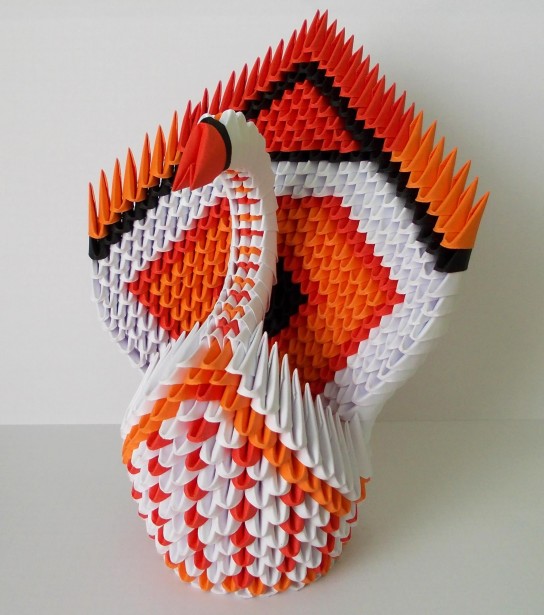The Secret of Origami
The Secret of Origami
Many know origami as an old Japanese art where you fold paper into different shapes, ranging from flowers, to birds, to sharks. It is an intricate, time consuming, and oftentimes frustrating process for those not familiar with it. However, origami has emerged as something that is not just art, but actually has important ties with math and the sciences.
Engineering and Technology released an article on February 13th, 2023, describing the different ways that origami has been instituted into the sciences. NASA’s Jet Propulsion Lab has been working on a project called ‘Starshade’ which will allow telescopes to capture better quality images of space. While the shade will be able to be 36 meters in diameter once in space, it must be 2.5 meters or less to be launched. In order to achieve this, the scientists have been looking at principles of origami in order to make the stow pattern.
Another interesting place origami has been incorporated is in medicine. Ryan Gieser, a PhD candidate at the University of Cambridge’s Centre of Misfolding Diseases has been researching if origami could give new insight to Alzheimer’s disease. He explained to Engineering and Technology that “Just as paper must be folded into a particular structure to make a specific origami shape, in a cell, proteins are supposed to fold in a specific way, so each protein can carry out a certain function, with sticky spots within the protein holding the structure in place,”. He believes that this insight could allow him to find something that can stop, or slow the progression of Alzheimer’s and Dementia. So far, he and those on his teams have found “four calcium-channel blocker drugs” that have the potential to be repurposed to treat these diseases.
Though we may not realize it, origami also has a part in our everyday lives. From the crumpling fronts of cars when they crash, to the diamond pattern beginning to appear on aluminum cans, origami is everywhere.












